Bringing the Middle Ages into 21st Century Dining at Blackfriars Restaurant
Modern restauranteur Andy Hook combines both in Newcastle Upon Tyne, UK
When COVID hit, many restaurants began offering cooking classes online. One example was Blackfriars Restaurant in Newcastle Upon Tyne, with a new online course called Eat Medieval. People often imagine medieval dining experiences involve gnawing on venison bones with your bare hands and throwing the scraps onto the floor. But in reality, says restaurateur Andy Hook, food was medicine in medieval times. Medieval cooks used interesting spices and herbs on fish and vegetables, as well as meat, and presented the meals in a colorful and pleasing arrangement to encourage healthy eating habits. The Eat Medieval course provided recipes, illustrations, detailed ingredient lists, authentic medieval music, and videos showing medieval culture through the people who study it and the chefs who are recreating it at Blackfriars Restaurant today.
One unexpected result of Blackfriars’ Eat Medieval course was a friendship between Canadian author Marie Powell and American author Ann Marie Ackermann, resulting in this Travel and Culture publication. Marie and Ann Marie came to the course from different avenues: Marie as part of her research for her historical fantasy novels, and Ann Marie as a way to travel back in time when she couldn’t travel during the COVID lockdown. First, we met during the online Zoom question-and-answer sessions. When the face-to-face course began in September 2022, we each followed our separate routes to take the class, where we met in person for the first time.
While in Newcastle, we also enjoyed getting to know the course leaders, Blackfriars’ owner Andy Hook and Professor Giles Gasper of Durham University’s Institute of Medieval and Early Modern Studies. Andy had opened the restaurant in the historical site of Blackfriars Abbey in 2001, on a lease from the Newcastle City Council. It took about 10 years to add medieval cookery classes into the mix, after Giles responded to Andy’s request to help him recreate a more authentic experience for the modern restaurant clientele.

Meanwhile, Marie and Ann Marie shared the experience of cooking and eating at the course, as well as sightseeing trips in the area during both 2022 and 2023 classes (see post links at the end of the article for more about those adventures). We kept in touch and eventually began working together on the idea of a travel publication, launching Travel and Culture on Substack in September 2024.
As we celebrate our six-month anniversary, we want to take a moment to recall the Eat Medieval courses that sparked our friendship, and help spread the word about the upcoming courses at Blackfriars Restaurant. So, we interviewed Andy to find out more about Blackfriars and how its medieval cookery course came about.
Travel and Culture: What prompted you to purchase Blackfriars in the first place?
Andy Hook: We looked around at various places, and this one was available. I hadn't really garnered an interest in Dominican history at that point, so I just looked at it and thought, that looks interesting, and took it over.

Andy: I'd spent 10 years in manufacturing and engineering before opening my first restaurant. So my history, per se, was pretty rusty, let alone medieval history. I knew nothing of the Dominicans. It was obviously a building with lots of history, and I knew that it was a Dominican friary from the boards outside the interpretation panels. That was literally it.
How it all began
Andy: I think it was 2011 when I put a message out into Durham University, saying, ‘Is there anyone there who'd like to help me with the history of Blackfriars?’ And Giles Gasper of Durham University’s Medieval and Early Modern Studies] got back in touch, and the rest is history.
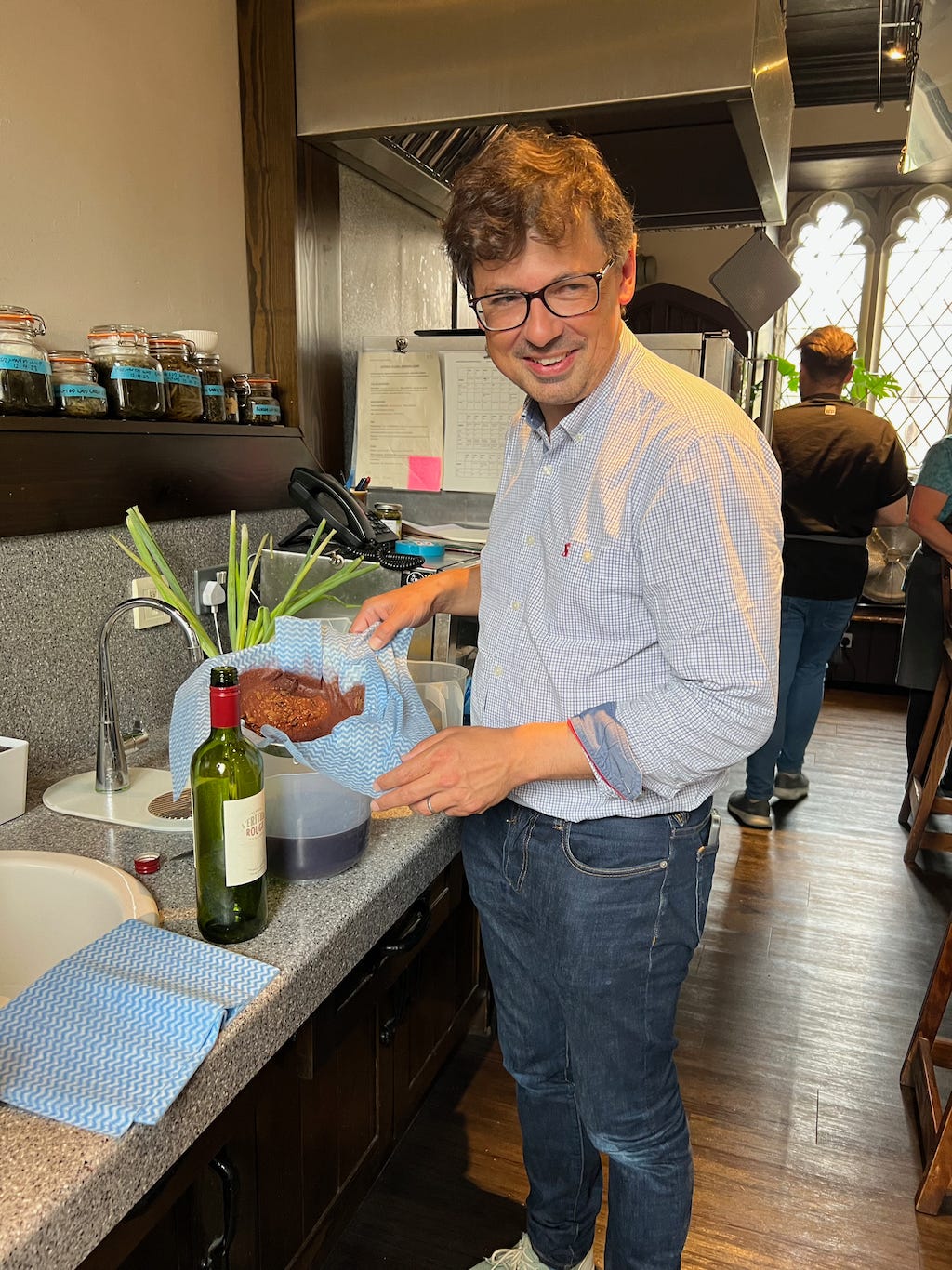
T&C: Did you have to convert the space into a restaurant?
Andy: It's a scheduled ancient monument, which is a designation given by Historic England, and it's a grade one listed building. We're not allowed to change the fabric of the building in any shape or form. The only thing that we've really done is occasionally ask to drill a hole through the wall or to chase some wires into the mortar, and then you have to jump through hoops to get permission. If you need to put a bar or a sink or a toilet or something at some point, and that's really the only thing that we're allowed to do. The parlor bar at Blackfriars used to be an antique shop and had a bar, a kind of countertop that was built in the 80s. We used existing holes to put the pipe work through.
Designer touches
T&C: Have you done anything with decoration, outside of restoring the building, to keep the history alive?
Andy: Yes, there's bits of it that have a nod towards the history of the building. Look at the banquet hall for, for example. I designed a layout which I felt was kind of similar to what they may have used for medieval banquets. They probably wouldn't have had a bar, in the conventional sense that we have a bar in the banquet hall.
Andy: I've got big oak tables. They probably would have used trestle tables at the time with benches. But benches aren't very good if you lean back and fall off. And of course, they would have had, probably, a raised high table at one end, maybe with a window dais shining the light onto that table. We don't have that. So, you know, we have these nods towards what may have happened there, but trying to recreate something that's properly authentic is generally fairly impractical. We tried to be sympathetic to the building, and most of what we do is just let the building shine through.
T&C: It sounds a bit like what you're doing with the building reflects what you're doing with the medieval cooking course, which is, you know, using some of the best parts of the medieval world, but using what we have today, or according to the modern palette, as I think you put it in the Eat Medieval program.
Andy: Remember that the main menus that you see for the restaurant, most of the time, are modern menus. We pay homage to our locality, the seasons, freshness, and so on. Almost all of the fish that we use comes from the local market, for which we have a license to bid. We use cod, haddock, monkfish, langoustines, and all these types of fish that they were probably using at the time–salmon, trout and so on. We use local meats, a lot of game, local vegetables, as much cheese, flour, honey, mushrooms as we can from the locality. And then we create what you could call fairly traditional, British, but fairly modern dishes from that. And that is our mainstay. That is 90-99% of what we serve in the restaurant.
Andy: But then on top of that, we have all sorts of other cuisines, because we have the cookery school. We have wine dinners, we have tastings, we have a whole number of different things. And medieval cooking is really a tiny part of that. To put it in context, the most popular classes are Thai, followed by Vietnamese, followed by Indian, followed by Spanish tapas, Italian pasta, French fantasy, patisserie, followed by Louisiana Cookery, chocolate, vegan, and then medieval.
Origin stories
T&C: How did the Eat Medieval classes come about, for you and Giles?
Andy: The first thing I think we did was to curate medieval lectures that we do twice a year at Blackfriars, and then we thought the lunch that we serve after the lecture should be linked to the theme. So we started looking a little bit more at the types of dishes that might be appropriate to the theme of the lecture that was given. Then that led on to the medieval cookery classes, some of them initially with his Master’s degree students. And that's where we started exploring some of the old collections, medieval collections, trying to recreate those dishes.
Now, I'm always cautious with the word authentic, because, you know, we always joke about the authentic medieval banquets that we put on. An authentic medieval banquet would have probably been put on during the daytime, you know, when it's light and when people can cook safely. And of course, ladies wouldn't be invited, and of course, it would be on trestle tables, which it's not. And, of course, if it was Friday, it would all be fish, which it's not, and so on. Actually, what we are trying to do is to look at a recipe from a particular period of time.
T&C: Obviously, you're very familiar with many different styles of cooking. What is it about medieval cooking that actually appeals to you? What do you like about it?
Andy: For me, it's all about context. The first thing that we do is look at its translation to say, okay, is its translation accurate. Then we'll look at the source, and think, okay, is that the original source? And then we'll start cooking…
Andy: For me, it's all about context. The first thing that we do is look at its translation to say, okay, is its translation accurate. Then we'll look at the source, and think, okay, is that the original source? And then we'll start cooking with it. You're really looking at every single ingredient to think, if it was a carrot, what do they mean by that? Because there weren't carrots at that time. If it was a sheep, is that, you know, the sheep in those days were the same size as our lambs these days? If it was a pig, are they talking about a rare breed pig? What type of pig was it? And then, you know, if they're talking about cooking it in a pot, what does that mean? Or with some kind of fat or so on. So we're really thinking about every single detail. What do they mean by that? And why would they have said that? What was the intended use for it?
So it's, to me, it's partially an academic exercise, and it's partially practical. And I think the two things linked together help you to think about what the author may have been intending. Would they have been literate? Would it have been written by someone else, maybe the steward of the house, or the court, or some other person? Or why would they have done it? Why would they have recorded a number of different, you know, preparations. I'm not even sure I can use the word recipe. It was a list of ingredients and a bit of methodology. And why would they have done that? You know, that's the joy of it. It leads to a whole pile of questions that you can't really answer. You can only predict the answer for, “Why would they have done that?” And that's what, I think, we enjoy doing.
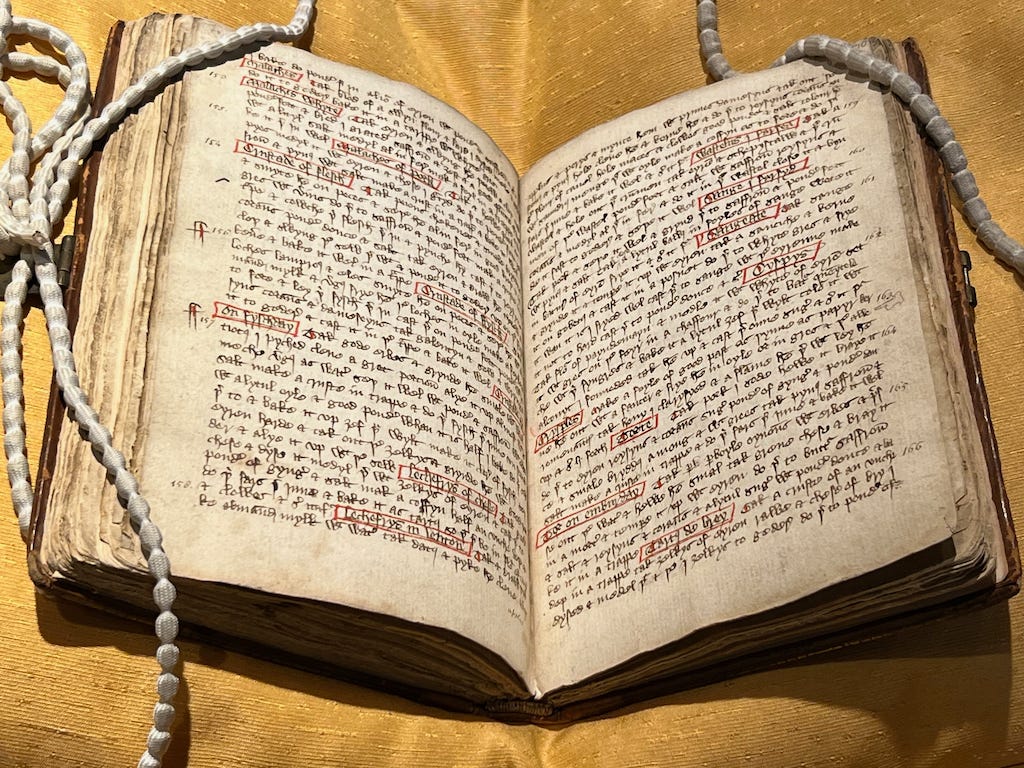
T&C: Was there anything there that surprised you when you first started doing this with Giles? Was there anything you learned from it?
Andy: Well, I mean, the recipes are really aide-memoires. I think we've all learned that the recipes were not conventional recipes in any sense of the word. They’re a list of ingredients and a bit of a nod towards the method. They tend to avoid using words like salt, because, we assume, they just knew to use salt appropriately. There's very little in the way of quantities in the collections, and what I've had to learn to understand is that there are these manuscripts out there. When Giles said, there are things that were hand written from the 13th century that we still have, that blew my mind. It's like, really? Hold on. There's things that were written in the 13th century that still exist. You know, the books were handwritten and hand copied, because the printing press didn't exist. And Giles said, if it's vellum, don't worry about handling it with your bare hands, because a tiny little bit of oil from your hands is actually not bad for the vellum. It keeps it in good order, and it's better than using a white glove.
T&C: I didn't know that.
Andy: And, then I said, “Hold on, I can, I can handle this 13th century manuscript with my bare hands.” He said, “Oh, yeah, yeah, that's fine. But albeit, we've got to be super, super careful of it, and it's done under supervision and so on.” So that, that whole process of, you know, understanding things. And because they were all hand copied, one mistake in one book led to that mistake being carried forward. So he said, actually, if you want a really good translation, you've got to look at all of the originals still in existence today, and then take a view of which is the correct one. That blows my mind, really.
“Like a kid in a sweet shop”
T&C: How did you feel the first time with Giles that you held a 13th century manuscript in your hands?
Andy: Like a kid in a sweet shop. Yeah, just very excited. Just, you know, gobsmacked that you could actually handle books that were so old. And then, and then he said, Well, it's not that unusual. The Lindisfarne Gospels date back to 700-something, so they're much older. He said it's the stuff that we're very, very careful to preserve, because people are interested in it and people continue to analyze these things. And that's why we keep learning about new things.
Signature spices and herbs
T&C: In terms of cooking, what would you say were the signature spices and other foods, ones you mentioned in our classes, that would be considered medieval?
Andy: Well, if we look at the stuff that was used in the locality, then I've talked about fish and game, the vegetables that were used, you know, the vegetables that we would associate with the North East of England, or Britain as a whole. Things like turnips and some cabbage and onions and leeks. Leeks were a big thing, and what you might know as hedgerow fruit and vegetables. But there were herbs, and there was a bigger variation of herbs than we may see these days. So things like, you know, Southernwood and betony and alecost, hyssop, the types of herbs that you really don't see in the supermarkets these days.
There was obviously a number of things that were absent, very clearly absent: potatoes, tomatoes and avocados, things that are associated with Latin America that didn't really come into existence until the late 15th Century. So there was a very clear absence of certain fruit and vegetables. There was a certain amount of herbs that we don't see today that were being used. And going back to spices, there was a clear spice trade established both by land and sea, from the Far East. At that point, I think we see almost the full gamut of spices being used. So, lots of reference to saffron, pepper, sugar start coming into play fairly quickly, as do the warming spices, cloves, cinnamon, and then coriander, cumin, nutmeg, mace.
T&C: You have a herb garden at Blackfriars. I think Giles planted it. Do you use any of those herbs in your cookery classes?
Andy: Yeah, we do. We pick some things that we grow, but in small quantities. There's some hyssop or alecost [aka Costmary], Southernwood and so on. But I sometimes forget which one's which, and our cookery chefs, as you know, change every year. Trying to remember what they are and teaching them is always a difficult thing.
T&C: What things do you think students can learn from the medieval cookery classes that can carry over to their own cooking in their home?
Andy: You don't necessarily need a recipe where it spells everything out exactly. You can. You can give people half a recipe and they will recreate the other half, if they've got some skills.

Andy: If you do tell someone these are the rough ingredients, people will come out with a number of very different results, which, in itself, is really interesting. So I think that's learning about how people work, the psychology of people, and having an appreciation of history. There are all kinds of things that out from it.
T&C: Yes, including this Travel and Culture publication, and our friendship. Thanks so much for chatting with us today about the class and Blackfriars Restaurant. We look forward to seeing you again soon.
Join a course at Blackfriars Cookery School:
For more Northumberland adventures, see these articles:
Legal disclaimer: We disclaim all liability for the content of websites to which our site/newsletter provides links.


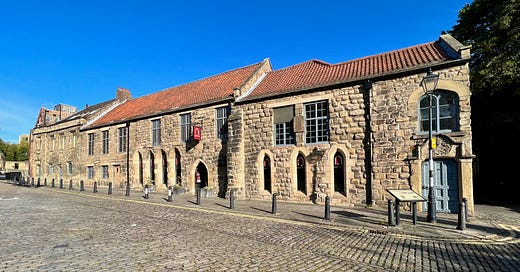



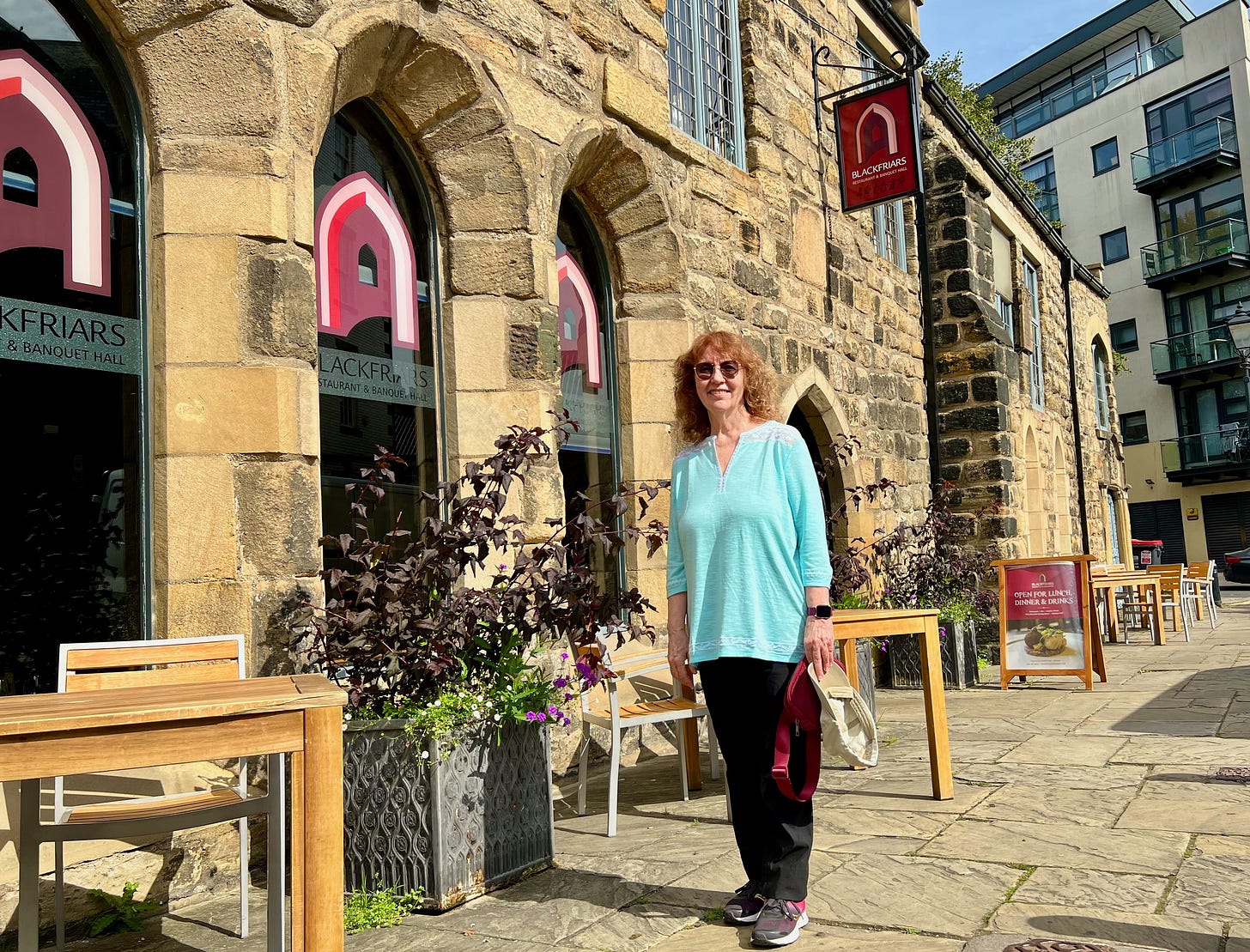
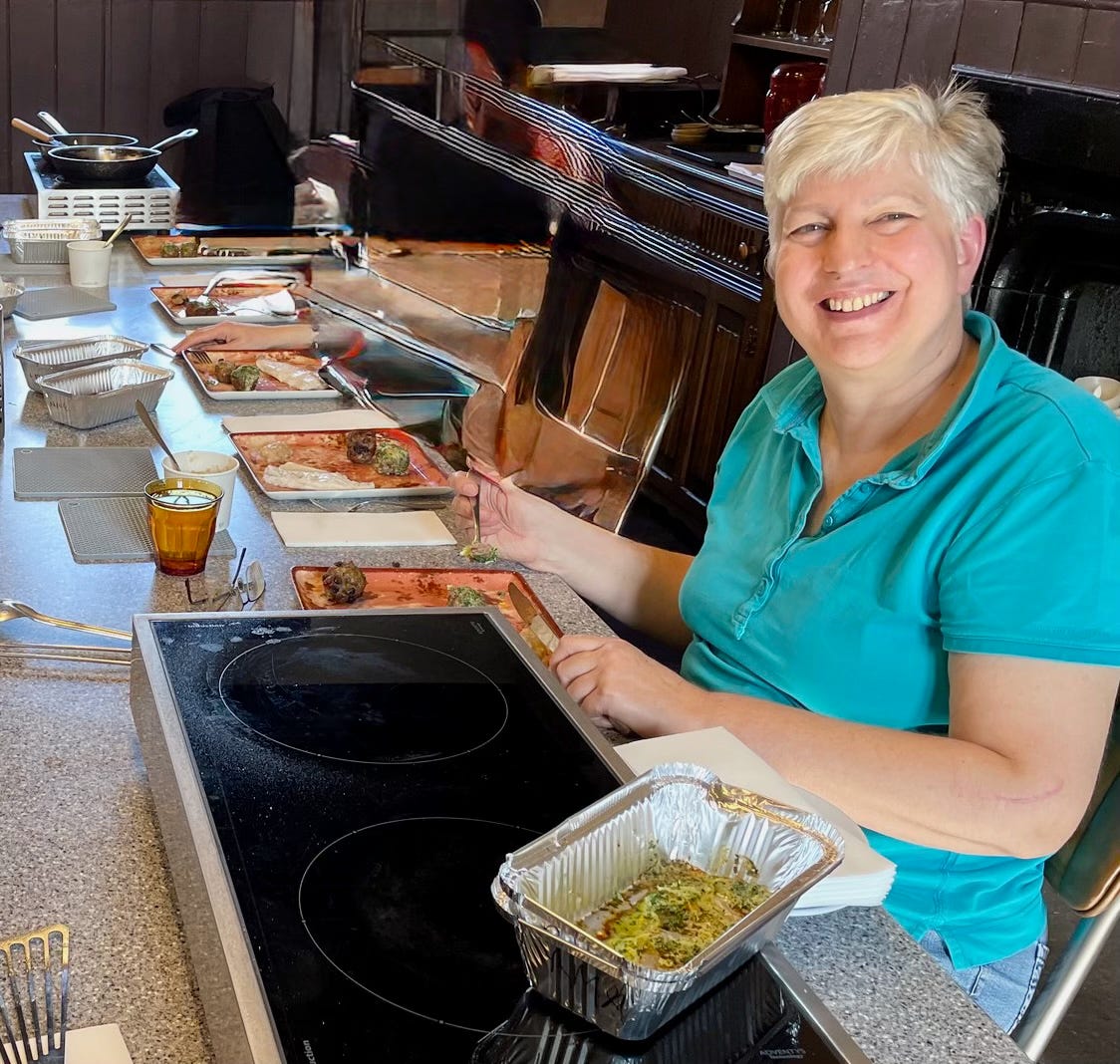
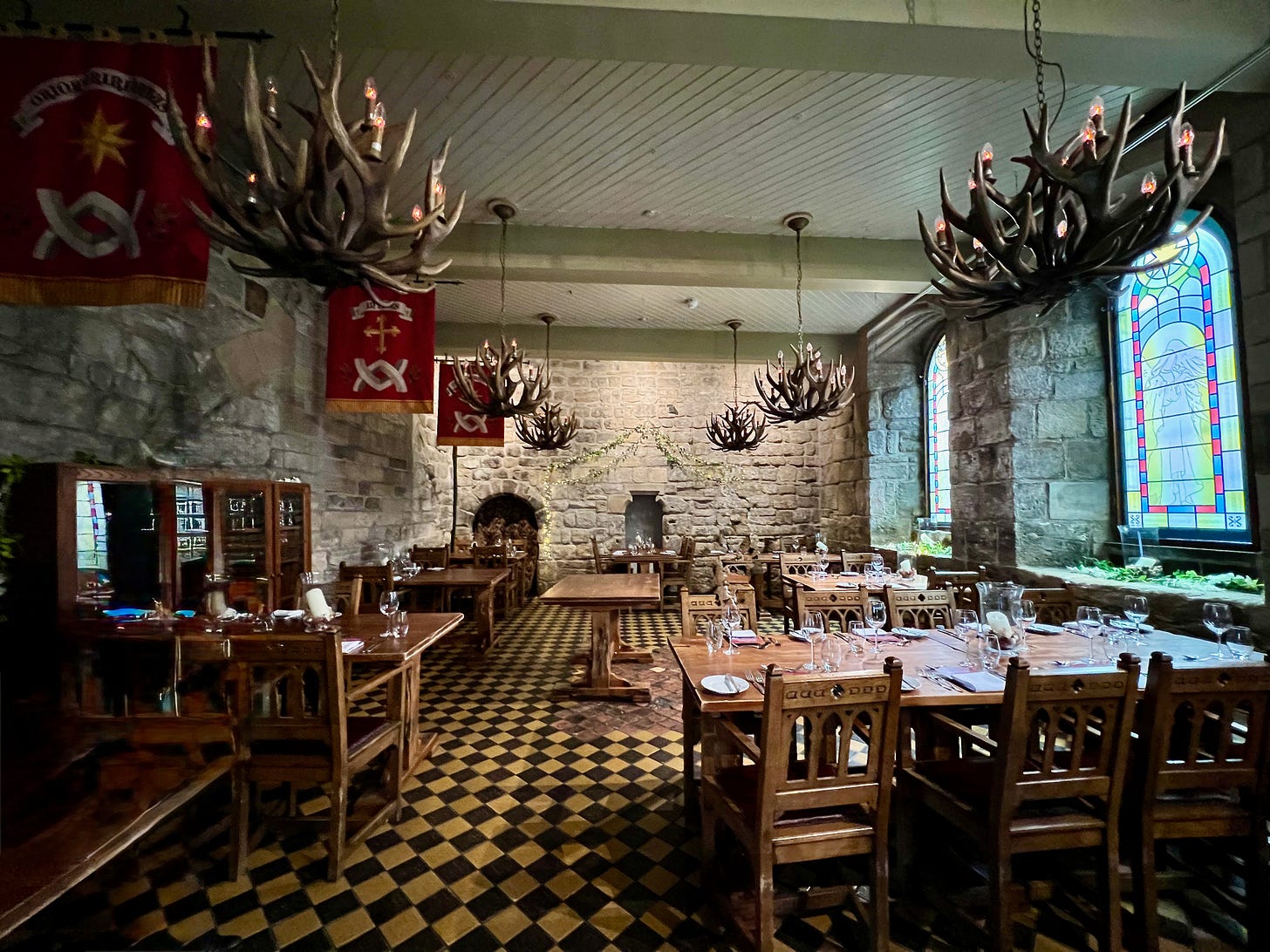
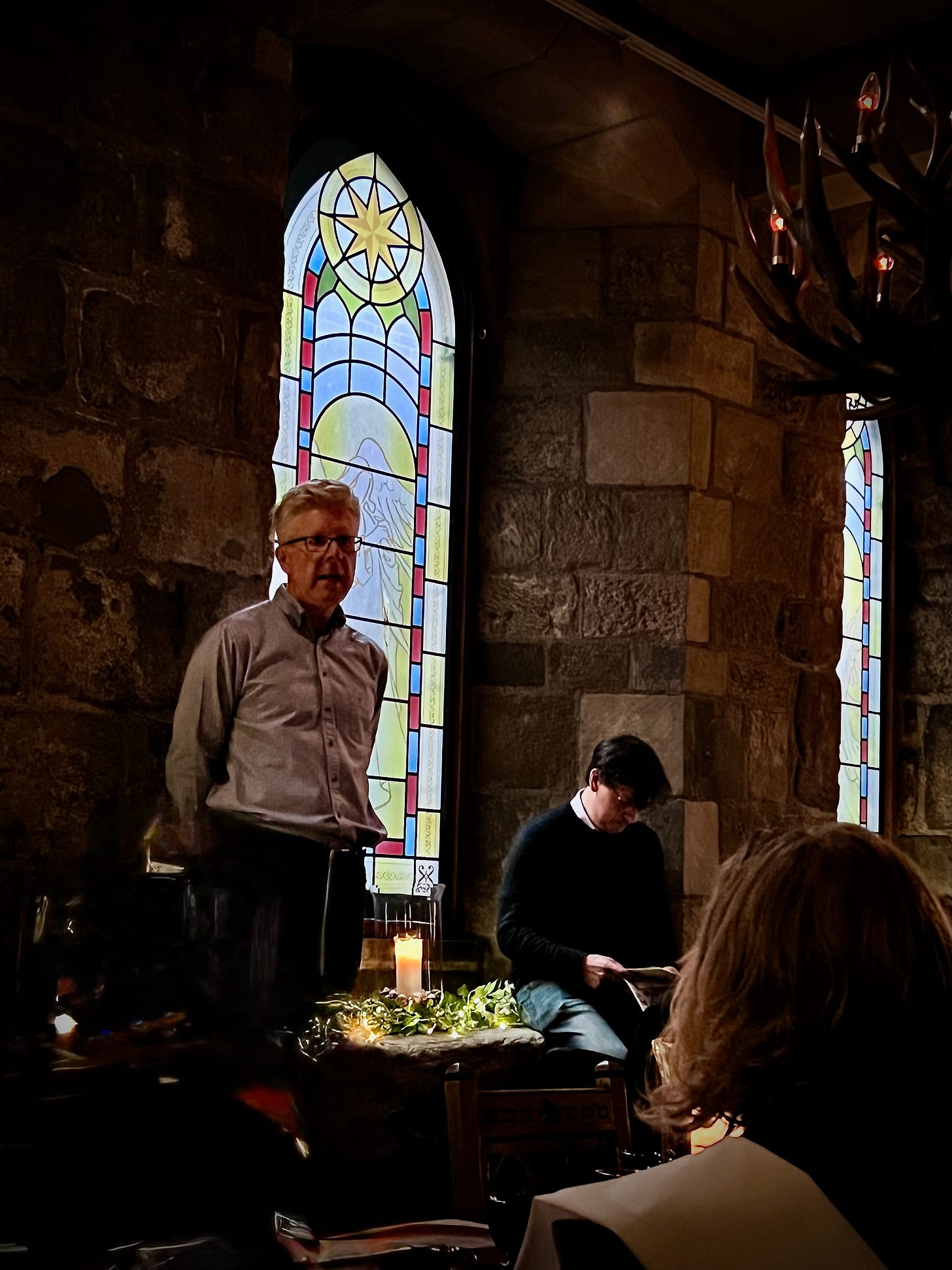
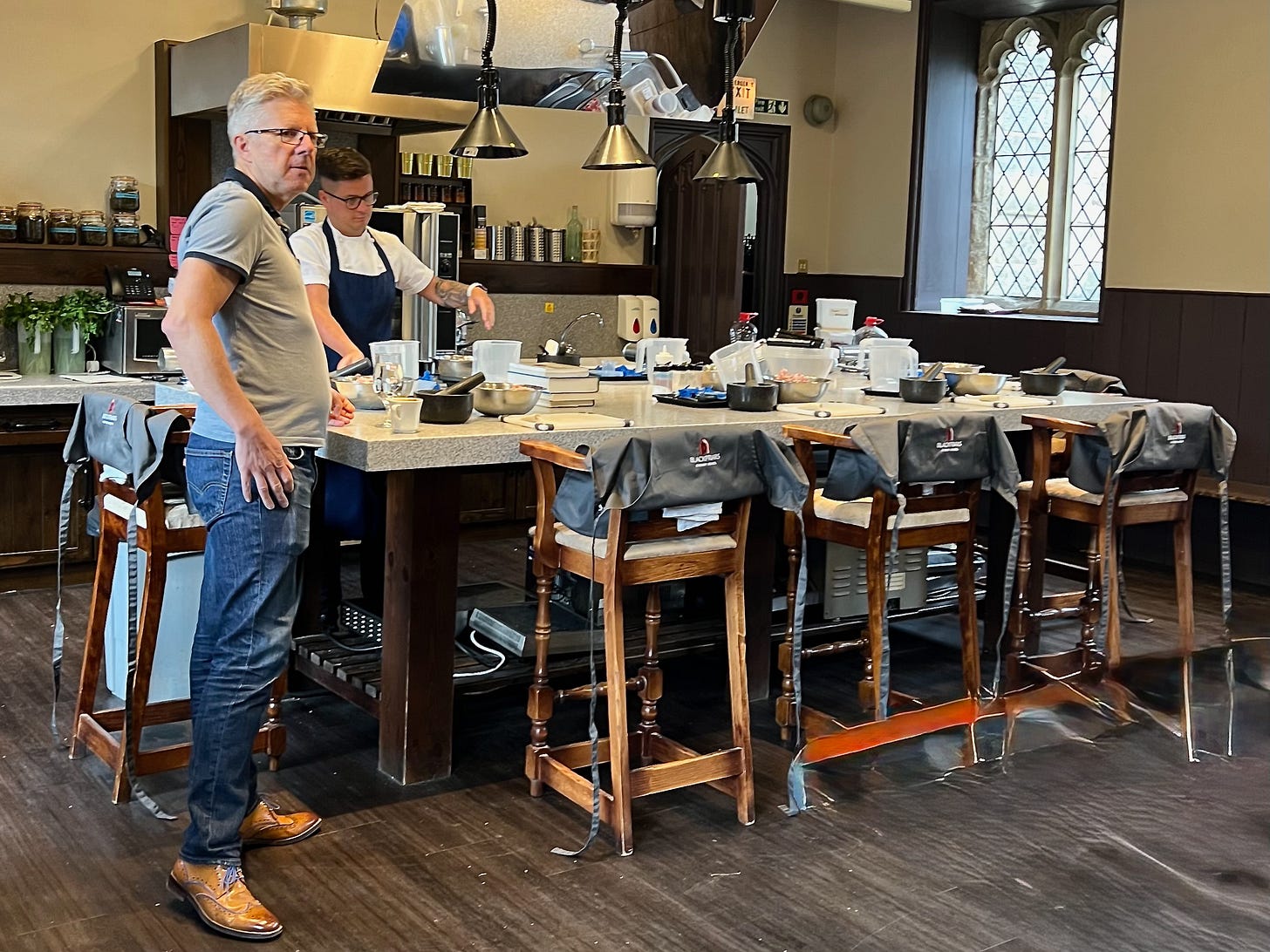
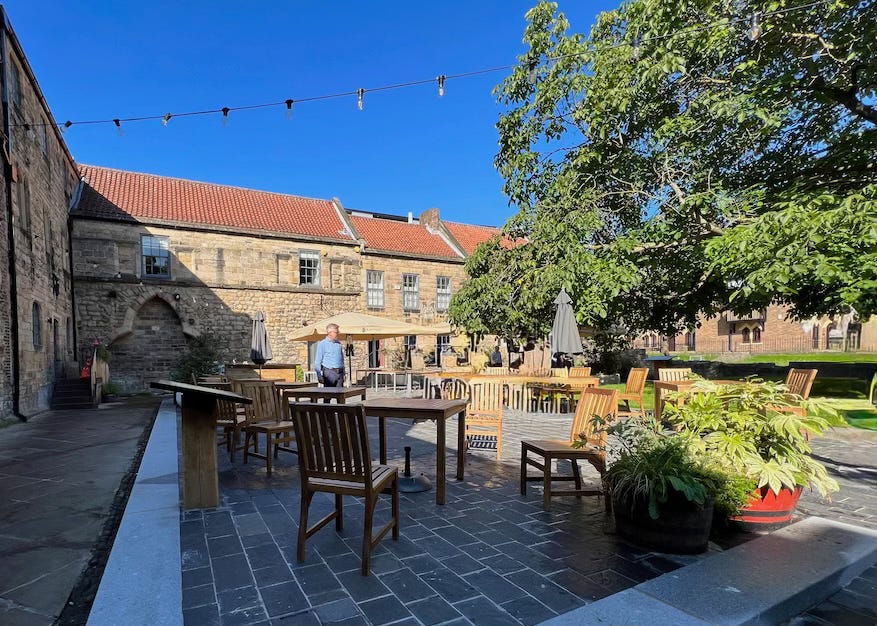
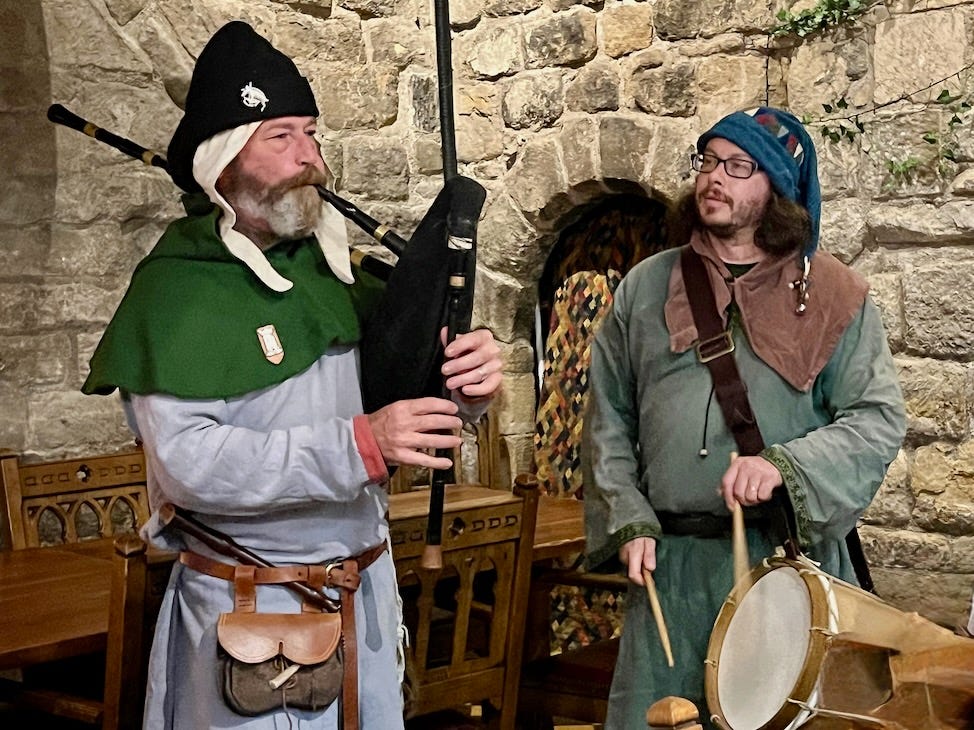
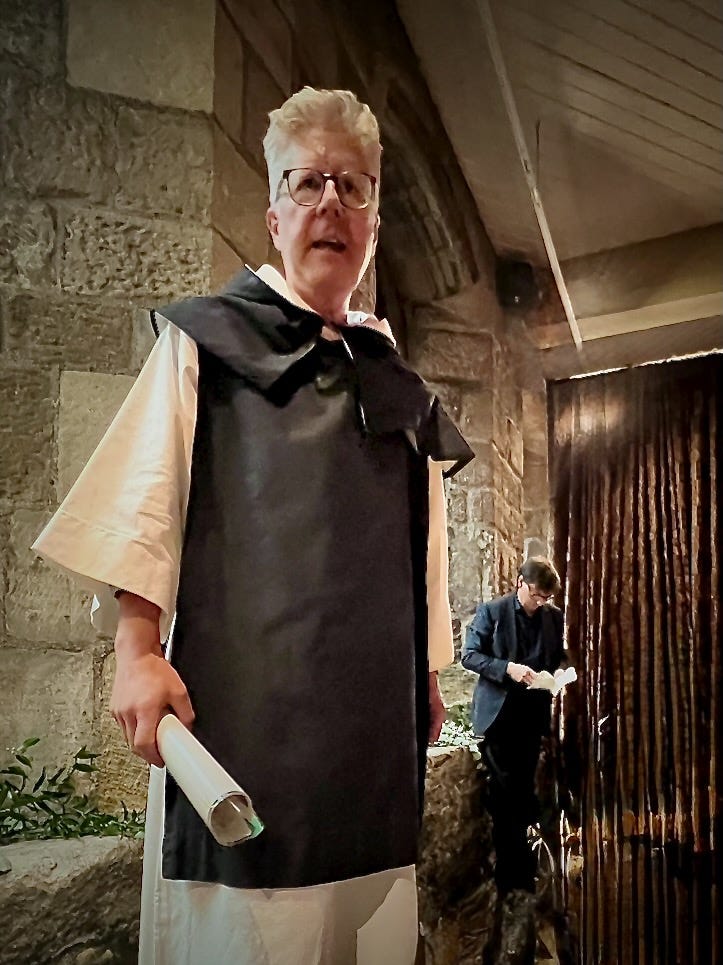
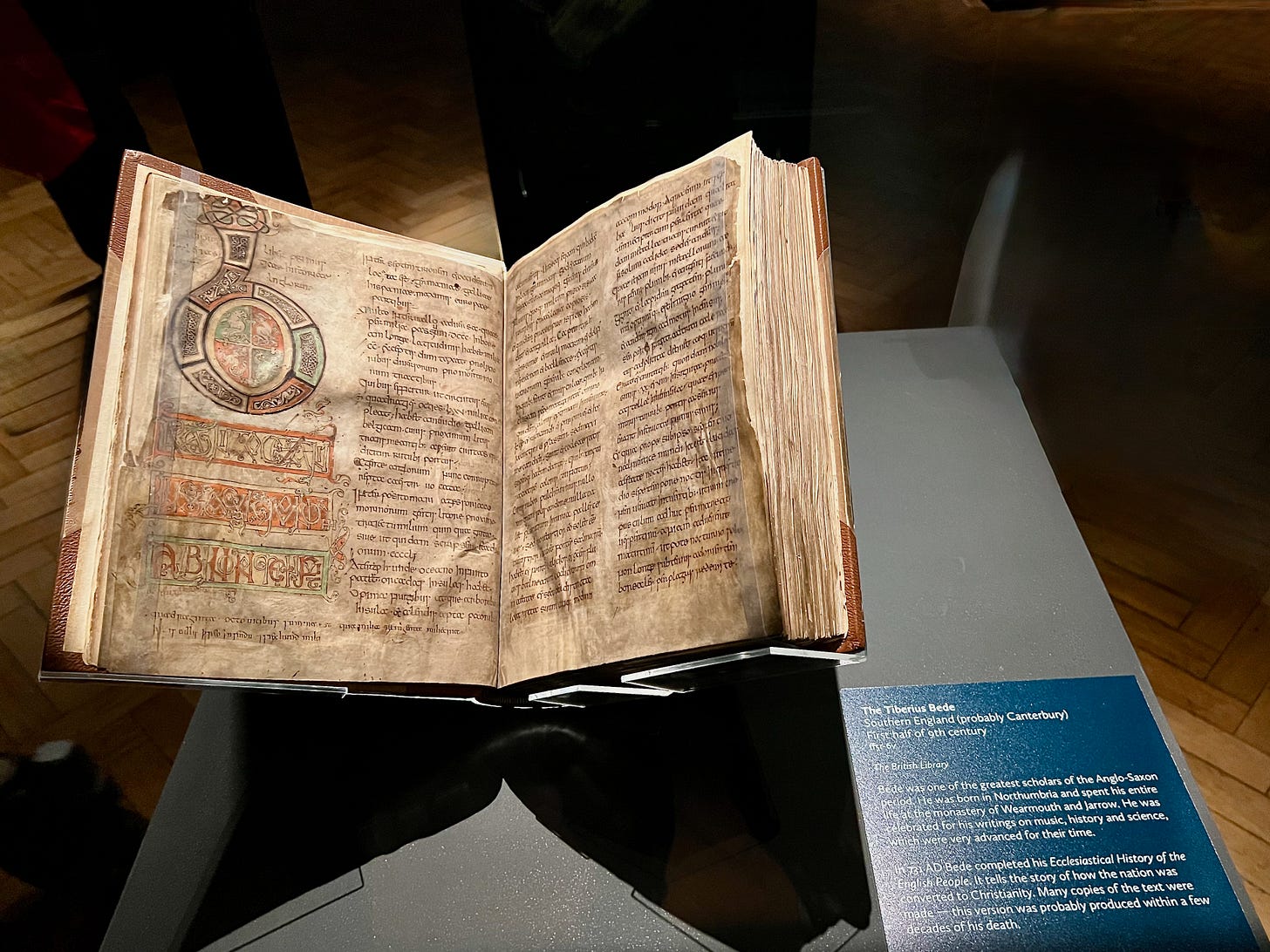
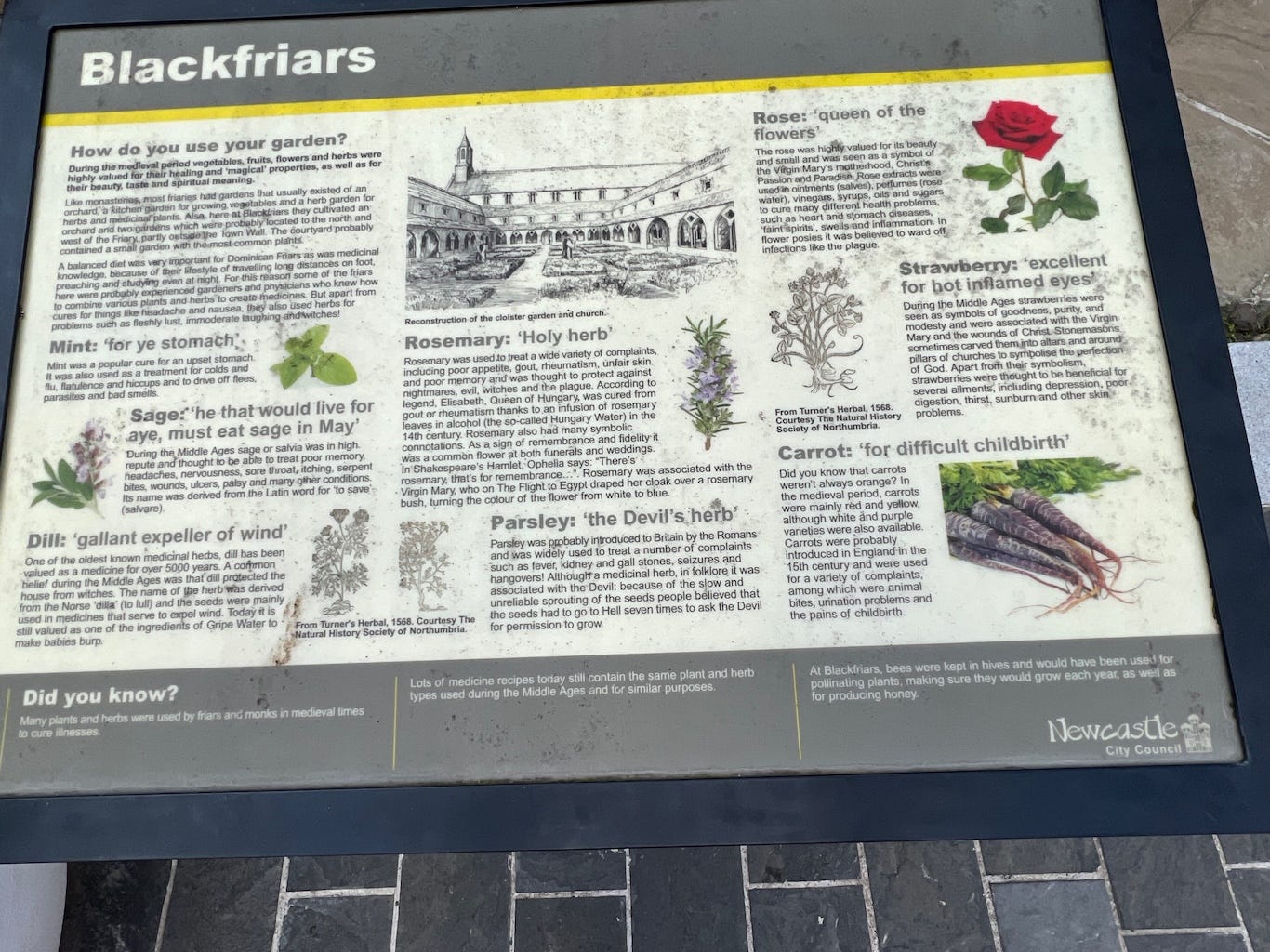

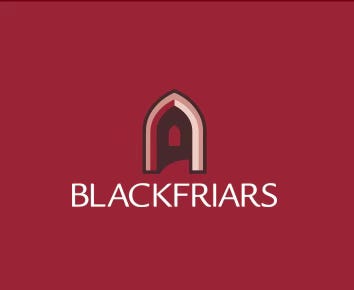


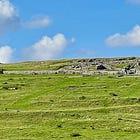
Love that the co-authors met at a cooking course!
Online is good for so many things, but smelling and tasting food over the web is something we still haven't mastered. This article has whet my appetite (pun intended) and when I start planning my next trip, a visit to Blackfriars will certainly be a contender.
As an aside but prompted by reading this. If I look back on my travels, it's amazing how often an article or TV program about some relatively small experience has led to my planning an entire trip around it.
I loved learning how you met! I had imagined that you had known each other much longer. And the restaurant is beautiful. What a great story!